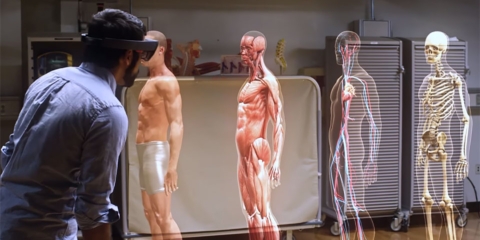Would you like to get notifications from Christian?
Wat is er gebeurd?
De toekomst van auto-ontwerp gaat in de richting van parametrisch en generatief ontwerp. Deze verschuiving zal ontwerpers in staat stellen aangepaste auto's te maken die efficiënter en duurzamer zijn en kunnen worden aangepast aan veranderende gebruikersbehoeften. De voordelen van deze nieuwe benadering zijn velerlei, maar het belangrijkste voordeel is dat zij een veel grotere mate van personalisering en flexibiliteit bij het ontwerpen van auto's mogelijk maakt. Naarmate de automobielindustrie zich verder ontwikkelt, zullen naar verwachting meer fabrikanten parametrisch en generatief ontwerpen gaan toepassen om tegemoet te komen aan de steeds veranderende behoeften van de consument.
Lees het hele artikel: https://bit.ly/3KSWHFP
Waarom is dit belangrijk?
Met behulp van een techniek die parametrisch ontwerpen of generatief ontwerpen wordt genoemd, creëerde auto-ontwerper Ayoub Ahmad de HV-001 door een reeks voorwaarden te definiëren en 3D-algoritmen een organisch ogende auto te laten creëren om aan die voorwaarden te voldoen. Als het ontwerp bijna op een skelet lijkt, is dat geen toeval, want de natuurlijke evolutie werkt ook zo - zij ontwerpt skeletten op basis van een bepaalde reeks voorwaarden. Mensen hebben sterke hielen en staartbeenderen om te staan en te zitten, vogels hebben lichte skeletten om te vliegen, en geiten hebben sterke schedels om af en toe een kopstoot te geven. Het unieke skeletontwerp van de auto lijkt in niets op de Formule 1-parfumflesjes die Ross Lovegrove in 2019 ontwierp (ook hij maakte gebruik van parametrisch ontwerp). Met zulke ingewikkelde vormen is het bijna axiomatisch om te vertrouwen op 3D-printen om uw creaties uit te bouwen. Het ontwerp van de auto wijst er duidelijk op dat hij 3D-geprint is, met het aantal ondersnijdingen, contouren en complexe oppervlakken over zijn hele exoskelet. Het unieke organische design blijft niet beperkt tot het chassis van de auto: de wielen hebben organische 3D-geprinte velgen en ook in de cockpit (zelfs het stuurwiel) is dezelfde organische, generatieve designtaal terug te vinden. Ik maakte geen grapje toen ik zei dat de HV-001 bijna helemaal door algoritmen was ontworpen!
Christian is a futurist and trendwatcher who speaks about the impact of exponential technologies like AI on organizations, people, and talents. Christian tailors his presentations to your audience's specific industries and needs.
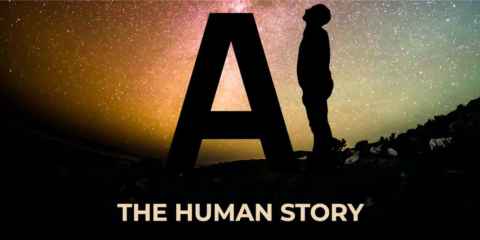

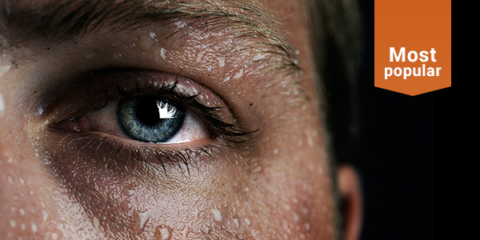
Our world is changing at an exponential rate! A big tidal wave of digital transformation and disruption is coming at us fast. Many organizations see this wave as a threat and experience stress, but there are also organizations that just see this wave as an opportunity.

Imagine sitting with just 10-15 fellow executives at a premier location, gaining clarity on the impact of AI on your industry while enjoying an exquisite dining experience. These are not just meetings—they are transformative moments that will shape the future of your organization
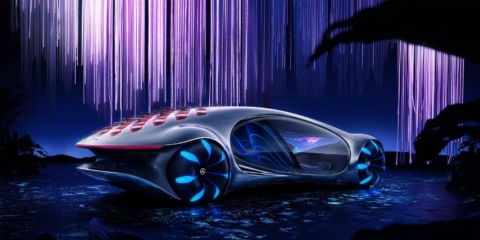
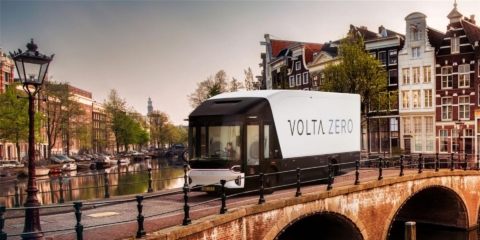
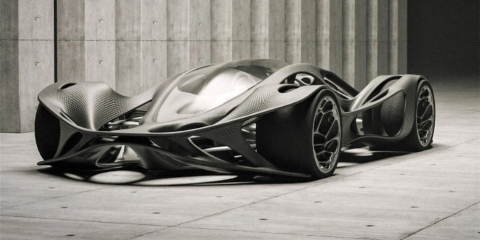
In the future, 3D printing and generative design will allow for products to be designed in a more decentralized manner, and production will take place closer to the customer and fully on-demand. 3D printing technology will also allow for more customization and personalization of products.
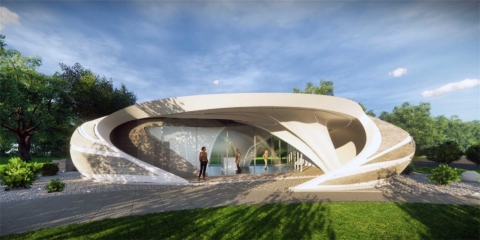
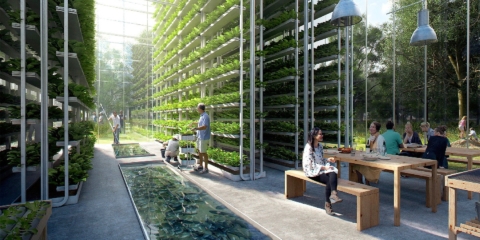
The agricultural industry is ripe for disruption. Robotics, AI, and IoT are all technologies that have the potential to radically transform the way we grow food. In combination with vertical farming, these technologies could increase the efficiency and quality of agricultural products.
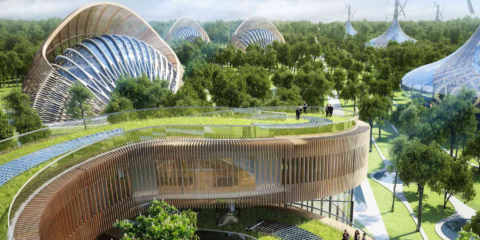
A human-centered society is one that puts people first and where technology is used to unite and empower people. It is a society that values biological life and dignity above all else. It is a society that recognizes the importance of human relationships and works to strengthen them. In a human-centered society, all members of the community are valued and treated with respect.
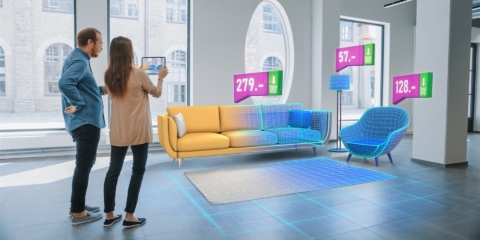
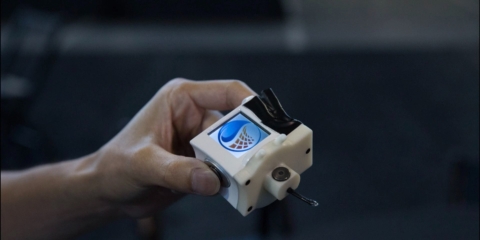
The future of healthcare is here. New technologies like AI, IoT, big data, and smart sensors make it possible to become the CEO of your own health. Imagine that your phone can listen to your voice and AI algorithms can detect small nuances in the tone of your voice that indicate specific diseases.
